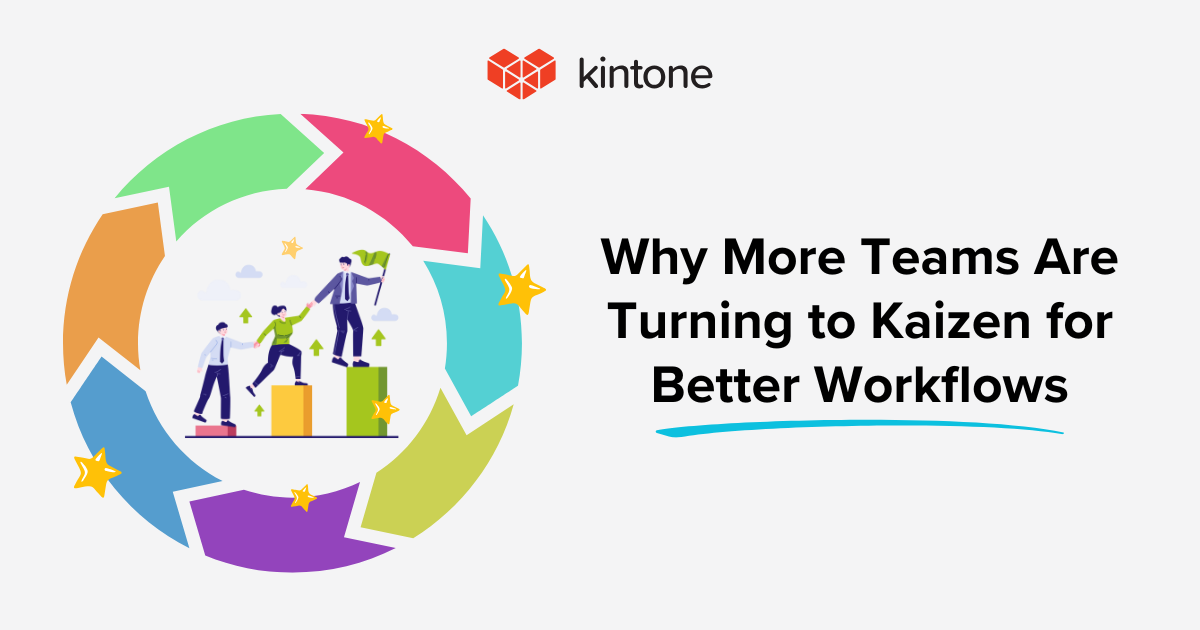Each year, thousands of business professionals navigate TSA checkpoints, hotel reservations, and badge pickups to attend trade shows they hope will offer them solutions to the business challenges they face. The trade offs feel worthwhile: several hundred dollars, a few days, and a dozen meetings in exchange for a business software solution that can potentially save an individual (or their company) hundreds of thousands of dollars.
But more often than not, we leave these conferences with a lot of ideas and very few clear steps forward. And the leads we do pick up falter somewhere in the concept stage before we've had a chance to truly "try on" the solution.
The reasons we never get a proper solution are common:
- The Pay Wall: if you don't pay, you can't play with the goods. Most business solution vendors need a commitment before they'll build out your solution with their software.
- The Still-Just-A-Concept Barrier: vendors can tell you what your solution would look like, but as of right now it doesn't exist. It's simply a really good idea that has yet to be built. Oh, and building it will take several months, more scoping calls, and a one-year contract commitment before the solution is even built.
- The Time Crunch: you went to the trade show to find a solution now. The vendor you found has a solution you like, but it will take them six months to build IF things stay on schedule. This means another half-year of waiting for a potential solution that will probably require continual de-bugging even after going live.
Obstacles we no longer have to accept
These challenges leave us perpetually stuck in the concept phase, which leaves us in the same position we stood at the end of the trade show: holding a lot of ideas and very few actionable solutions.
The problem isn't just these challenges, however. It's that they're still even challenges at all.
Ten years ago, these hurdles were acceptable (even if undesirable). Today, they're nonsensical. Technology has given us the ability to bypass all of these commonly-accepted reasons for delayed results. But we're so used to the ritual that we've forgotten to question it.
The fact is, you don't have to wait anymore to have an actionable solution tailor-designed for you. Low-code and no-code platforms (NCLC) like Kintone are cutting out the time delays and giving you access to tailored solutions you can get your hands on and use from day one. Meaning your trade show investment can start paying off while you're still checking out the booths.
What are no-code/low-code platforms?
“No code” platforms are application development platforms that can be built and customized with zero programming experience. "Low-code platforms," as their name suggests, are platforms that require a little more understanding of code but don't require a programmer to build.
READ ALSO: 10 Low-Code Industry Terms Explained
Kintone, which can be a no-code or low-code platform depending on the skills of the individual using it, is a visual version of these tools: a low-code/no-code platform with a visual interface that lets people create custom solutions (such as a CRM or inventory management system) using drag-and-drop technology.
What makes them so actionable?
NCLC platforms don't require you to wait. In a platform like Kintone, you can sign up and start building and using the apps you need immediately. There's no downtime where the vision is shared, discussed, and built via an offsite vendor (or by another department). The person with the need can now build the solution themselves.
What this means is there's nothing holding you back from trying out a NCLC platform as soon as you learn about it (Kintone's free trial gives individuals a full 30-days to try a full-featured version of our platform, no credit card required). You can sit down and start building while you're waiting for a spot at the next conference hall session.
Get out of the concept phase quickly
Planning what kind of software solution you want and all of the features it should contain is valuable. But in the words of one World War II general, "A good plan violently executed right now is far better than a perfect plan executed next week."
We've spent decades dancing to the tune of "tell us what your ideal solution looks like and we'll get it to you in a year or two." Traditional software development takes an average of four to nine months to produce a final product that companies can use. The timeline scope of a project can change depending on the requirements of the business and the size of the development team, and creating code from scratch always takes more time than it does to build off an existing framework.
Now we have the opportunity to try a different jig. We can build our solution as we go and adjust as we need to. Think of it like a house that creates itself as you walk from room to room. What’s needed can be built—no waiting on a development team to outline and start building the software while you use workarounds in the meantime. This marks one of the biggest differences between traditional custom software solutions and low-code platforms: the platforms are available upon purchase, whereas the custom software must be built before it can be launched.
READ ALSO: How Kintone Helped A 100-Year Old Manufacturing Company Rethink Its Processes
This accessibility also eliminates the time delays traditional software development projects experience, meaning trade show attendees can explore the possibilities of a solution while they're still evaluating other options.
What can no-code/low-code platforms be used to build?
Many things. No-code and low-code platforms like Kintone are used by companies every day to build custom CRM databases, process workflows, project management trackers, employee record databases, and more. Kintone is designed to be used by anyone to build what the individual needs, whether it's a simple social media tracking application or a complex workflow meant to manage off-site maintenance.
READ ALSO: How A Cargo Claims Company Built a New Database in Kintone in 72 Hours
Whether it's trade shows or time spent researching new solutions, it's imperative to realize there's a new age of software development in 2020. We no longer have to wait on digital transformation--we can expect (and demand) digital execution.
You came for ideas, but what you need are results. Explore Kintone's platform and learn why no-code, low-code solutions are the tool you need to start making your vision a reality.
About the Author
Michelle is the Content Marketing Specialist at Kintone. She is a content marketing expert with several years in content marketing. She moved to San Francisco in 2015 and has experience working in small businesses, non-profits, and video production firms. She graduated in 2012 with a dual degree in Film and English.












